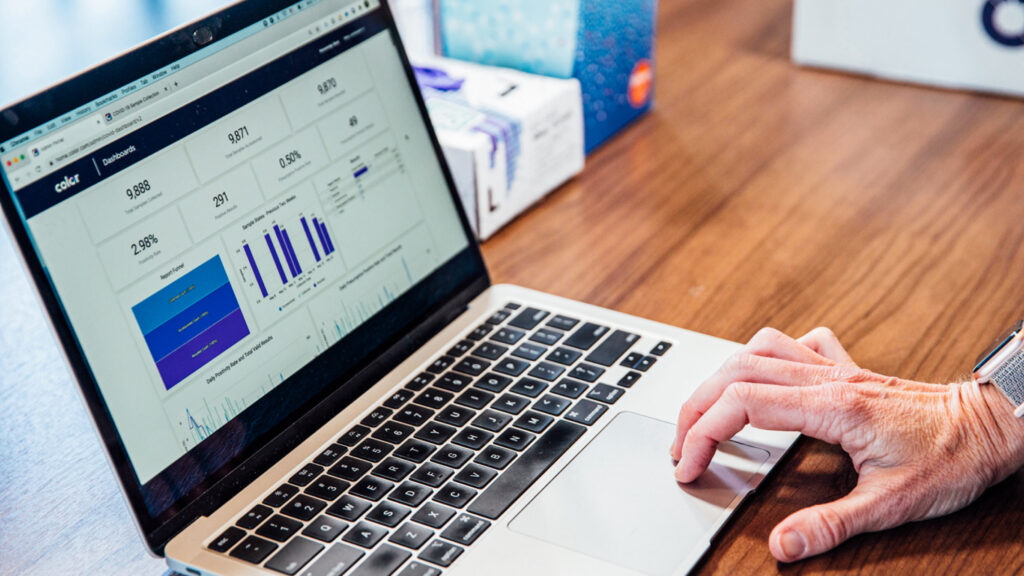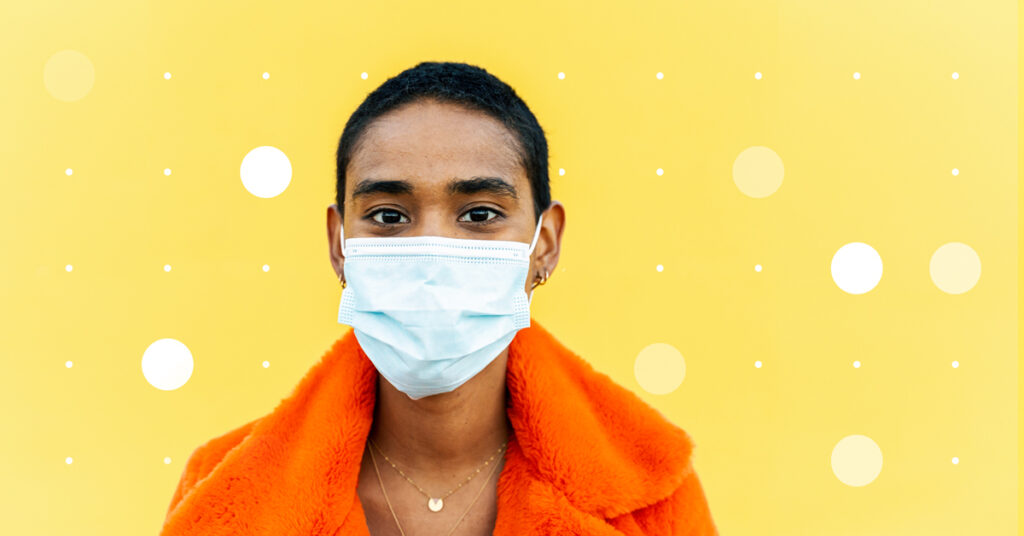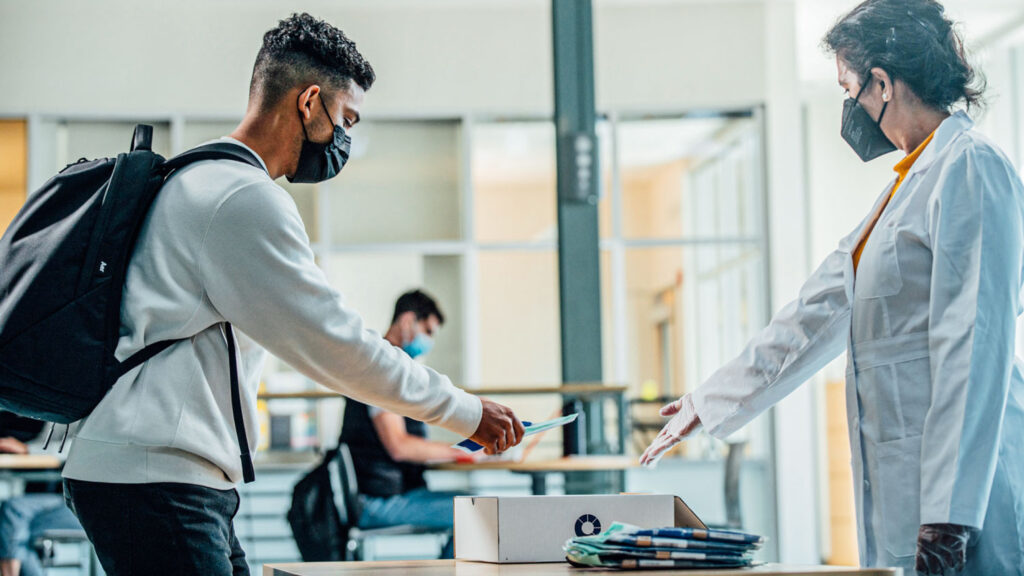News & Articles
COVID-19 Testing Strategies: How three universities adapted their COVID-19 testing strategies to address the unique needs of their populations
Color

After two years of lockdowns, reopenings and false-starts, college campuses are returning to what feels like normal conditions. But the fast rebound after Omicron masks a sobering fact – in mid-February 2022, the daily average number of new COVID-19 infections in the U.S. was still over 10x the daily volume recorded in June, 2021.
This sense of normalcy is good news for the many students that have struggled during the pandemic. According to TimelyMD, nearly 70% of students say that they are experiencing emotional distress or anxiety because of COVID-19. Transitioning to something that feels “near normal” – which includes returning to campus for in-person instruction – may help mitigate the impact of the pandemic on students’ mental health.
In order to continue on this path towards normalcy, university health and safety teams need to stay focused on reducing infections and outbreaks – which means, continuing to test students, faculty and staff on a regular basis.
Testing programs must evolve to reflect endemic campus life
While many universities still have mandated testing programs in place, it’s clear those programs need to evolve to reflect the current state of life on campus. Students and faculty are more active and mobile, no longer confined to their dorms or other small cohorts. People are spending more time with friends and family off-campus, attending large events, and traveling with greater frequency. On-campus, mask mandates are getting lifted, and most state health agencies are discontinuing contact tracing programs.
So what can campus safety teams do to ensure the safety and wellbeing of everyone on campus while preserving and promoting this new sense of normalcy? The answer, we believe, is in that very statement. Make it normal.
Over the last two years, Color has implemented many different types of COVID-19 safety programs to meet the unique needs of universities, government entities and corporations. One of the key things we learned is that friction and adoption are inextricably linked. When you remove friction and make testing accessible, fast and easy, then adoption rates go up. The closer to “normal” testing becomes – the more invisible it becomes – the more it’s adopted.
Think creatively, learn from the past – and put users first
The most successful programs we’ve seen were custom-designed to fit within a student’s routine, rather than trying to change student behavior.
Here are three outstanding examples of making testing part of everyday campus life.
1. Leading west-coast university takes the stress out of back-to-campus with Ship-2-Dorm test kits for everyone
One of the most common challenges faced with student testing is managing the return to campus after break. How do you facilitate testing for tens of thousands of students, all returning over one weekend?
Asking thousands of students to pickup weekly test kits from a single commons area isn’t exactly a recipe for success. But advanced testing isn’t feasible either. So how do you design a testing strategy that is simple enough to fit within a frantic weekend of moving trucks and family drop-offs?
This prestigious west-coast university had a solution: Why not have test kits at each dorm?
Before the beginning of the school year, the university worked with Color to ship enough test kits to every dorm – serving over 10,000 students. Upon arrival, each student was able to take a self-administered test within their dorm room, and drop off the sample in a bin placed in the hallways outside their rooms. By testing students over the move-in weekend, results were returned in plenty of time before classes began on Monday, and any positive results were managed within dorm quarantining protocols.
2. Harvard University provides concierge services for quarantined students
Campus life is a big part of a student’s decision to pick one university over others. Students want to be a part of a campus experience that reflects their interests and values; and some universities have gone to extreme lengths to maintain that experience through the pandemic.
When Harvard University established their COVID-19 testing program, they knew they had to find a way to provide campus services to those who tested positive. Harvard worked with Color to integrate our testing software and workflows around the critical parts of campus life, allowing students who tested positive to have catered access to dining services, automated check-ups to help monitor progress, as well as counseling services to make sure they had all the support needed.
This student 360 approach to COVID-19 gave students and staff the confidence needed to encourage active testing participation without sacrificing campus life.
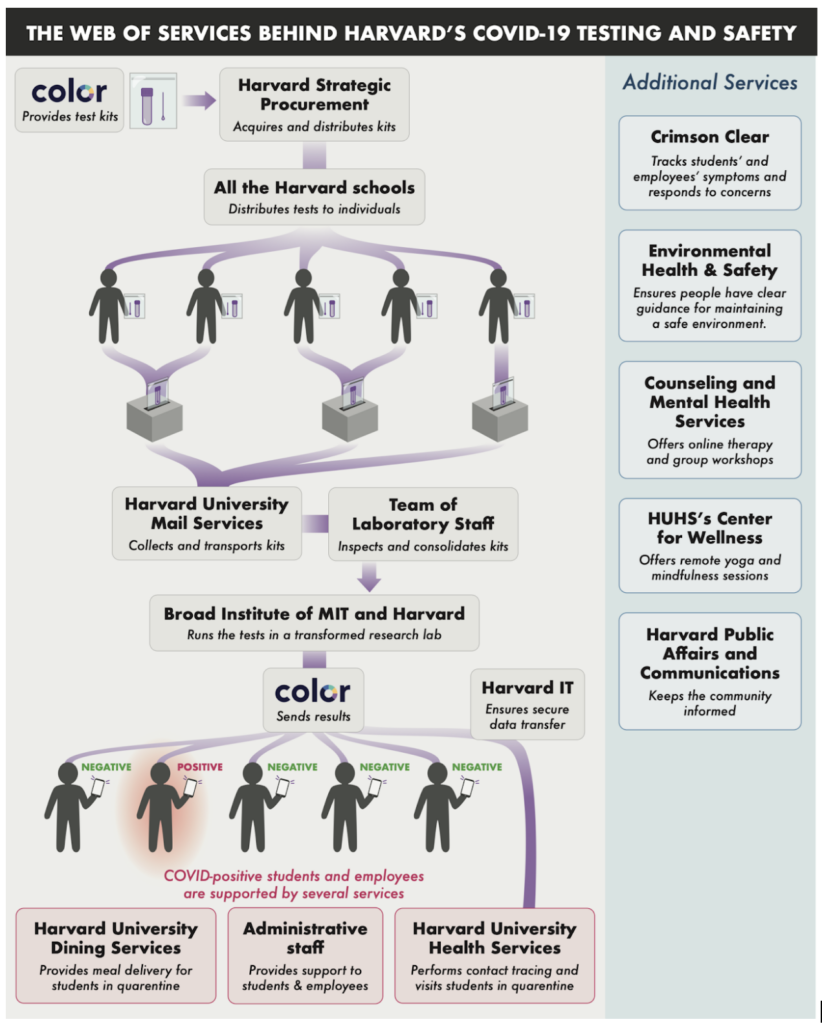
3: UCSF stocks vending machines with COVID-19 test kits for “grab and go” convenience
Not everyone has the same schedules, and for many universities, creating a testing program that addresses the needs of late night staff and students proved particularly challenging. UCSF needed a quick and easy solution for testing compliance that could operate round-the-clock.
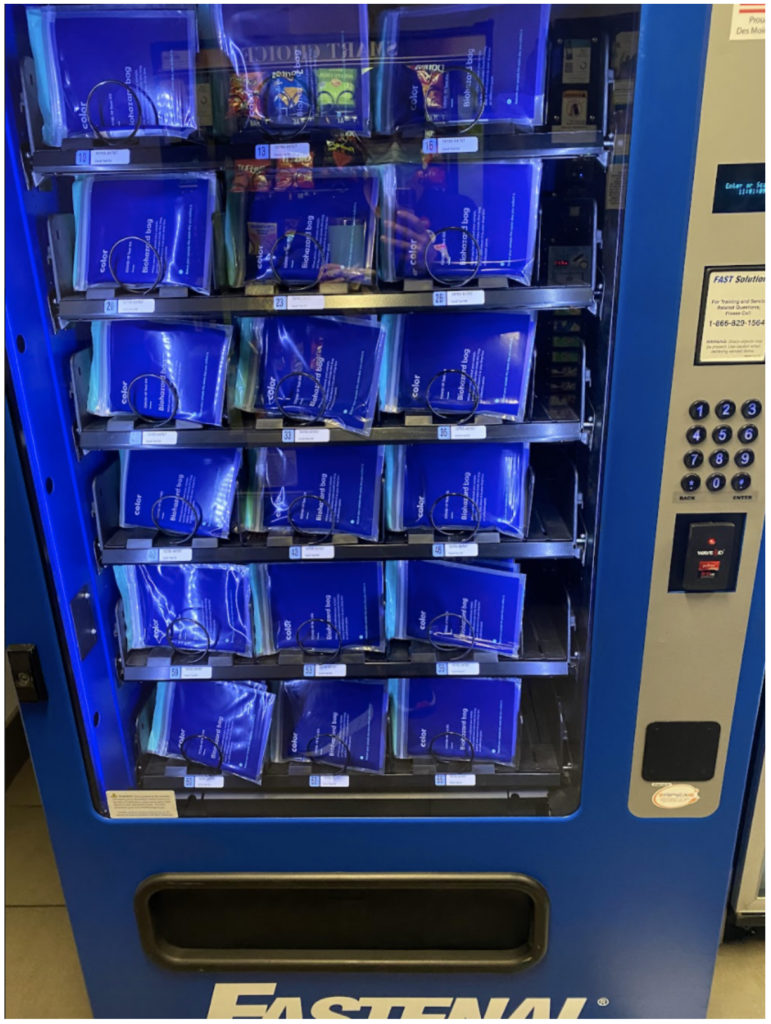
Color and UCSF came up with a creative solution that could extend testing to all UCSF campuses: vending machines. Alongside snacks and soda, UCSF added convenient Color COVID-19 test kits for quick and easy access to self-swab testing.
By integrating the Color platform with UCSFs student and employee registration database, new users were automatically registered in the testing system, and UCSF could easily track eligibility, results, and testing status, even during administrative off hours.
We’re here to help you think through “what’s next”
Color works with hundreds of businesses, universities, and state and local governments to implement simple, effective COVID-19 testing and vaccination programs that are flexible enough to accommodate an organization’s specific requirements. Learn more about how Color helps higher-education institutions of all types reopen, and stay open. You may also want to download Color’s Return To Campus guide, which outlines our latest recommendations for keeping campuses safe.
